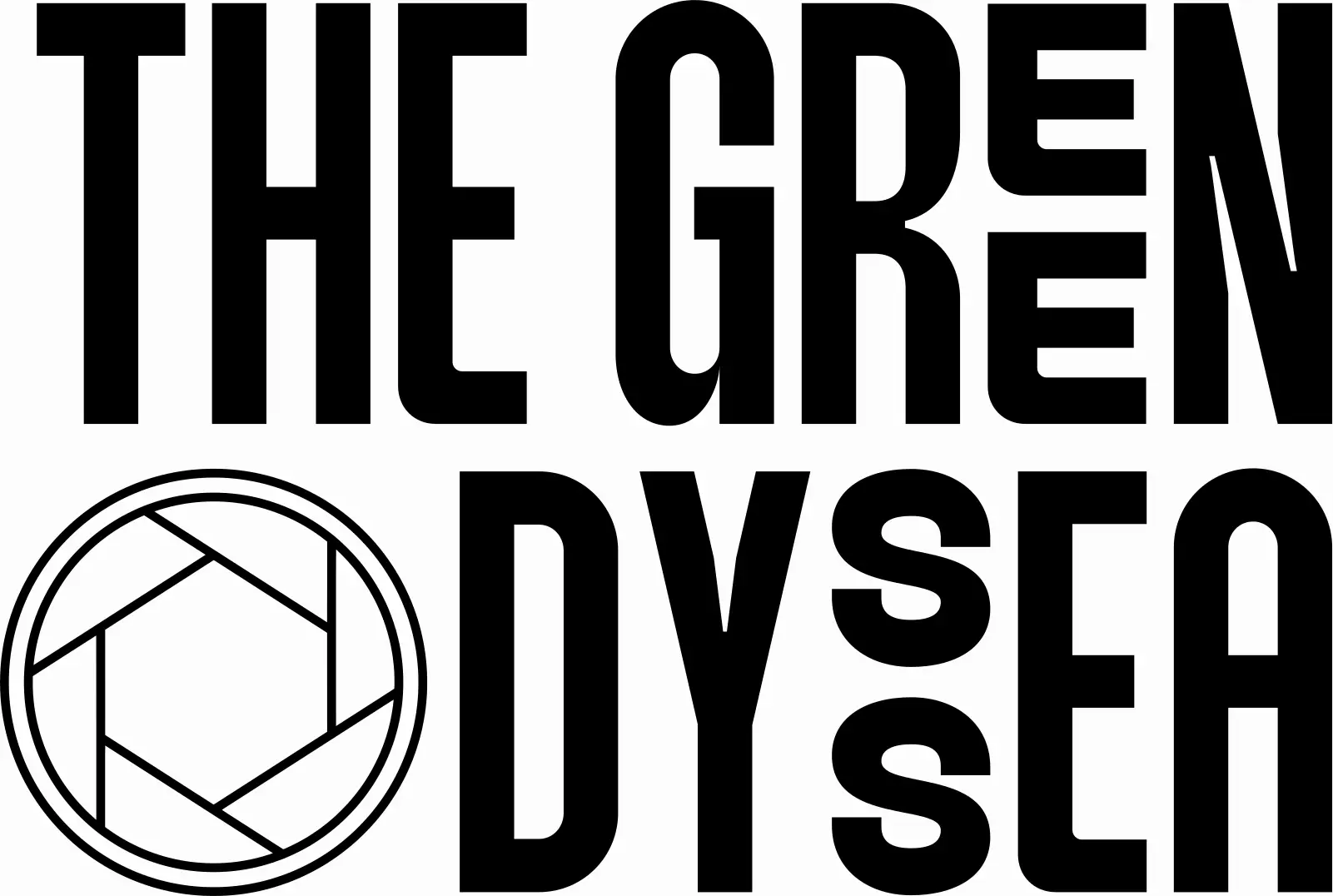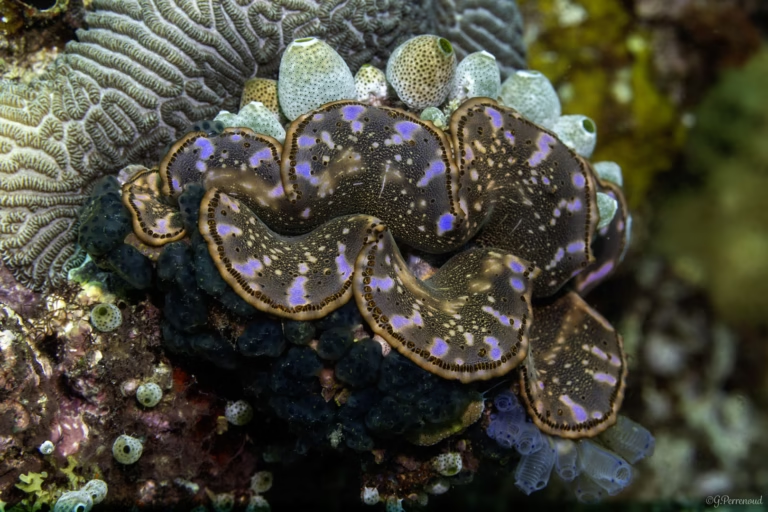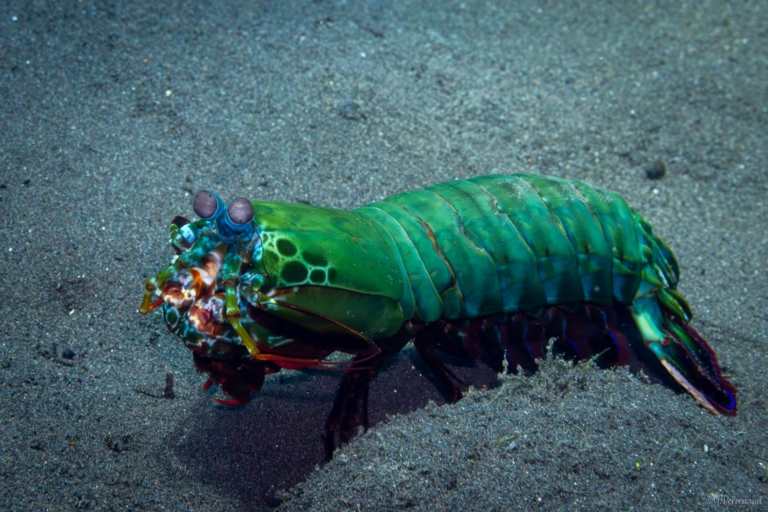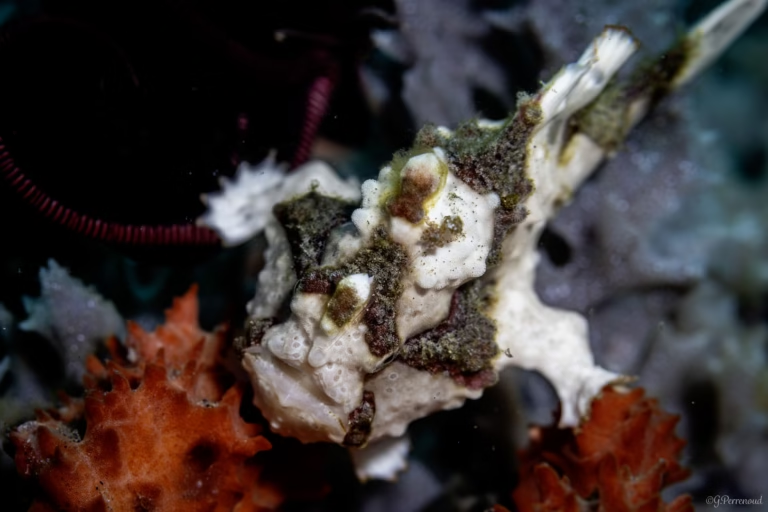

Table of contents
Introduction
As a tourist visiting the Atlantic coast of France with my family, sea urchins left me with a painful memory. I vividly recall the day our carefree beach holiday turned sour when I stepped on one of these spiny creatures. Years of resentment followed, but my perspective changed dramatically when I began exploring marine ecology. Now, I see sea urchins as fascinating echinoderms that play a crucial role in our ocean ecosystems.
These marine invertebrates, with their unique tube feet and diverse species, have piqued the interest of scientists and nature enthusiasts alike. In this article, we’ll dive into the world of sea urchins, exploring their anatomy, ecological impact, and life cycle. We’ll also look at how they interact with algae, their natural predators, and the various ways they move in their underwater habitats. By the end, you’ll have a new appreciation for these remarkable creatures and their importance in marine conservation.

Anatomy and Physiology of Sea Urchins
Sea urchins are fascinating marine invertebrates with unique anatomical features that allow them to thrive in their underwater habitats. These echinoderms have a spherical body covered in spines, giving them a distinctive appearance that resembles a porcupine of the sea. Let’s dive deeper into the anatomy and physiology of these remarkable creatures.
External Features
The most noticeable feature of sea urchins is their hard, rounded shell called the test. This exoskeleton is made of calcium carbonate and is covered by a thin layer of skin and muscle. The test is divided into ten sections, with five ambulacral (regions of the test that contain tube feet) grooves alternating with five wider interambulacral (sections located between the ambulacral) grooves.
Covering the test are numerous spines that serve multiple purposes. These spines are attached to the test by ball-and-socket joints, allowing for a wide range of motion. Sea urchins use their spines for protection, movement, and even to help trap food particles. The spines can vary in size and number depending on the species. For example, green sea urchins typically have smaller but more numerous spines compared to their purple counterparts.
What about the eye-like structure we see in some of the pictures in this article? Actually, it’s the anus of the animal, located on the top to aid in waste elimination. This positioning allows fecal matter to be easily carried away by water currents.

Internal Organs
Inside the test, sea urchins have a complex array of organs. The digestive system starts with the mouth, located on the underside of the body. The mouth contains a unique structure called Aristotle’s lantern, which consists of five hard plates that come together like a beak. This apparatus is used for scraping algae off rocks and grinding up food.
The digestive tract continues with the esophagus, which leads to the stomach. The stomach and intestine form two complete circles inside the test, with the intestine running in the opposite direction of the stomach. This arrangement helps to maximize nutrient absorption from the food.
Feeding Mechanism
Sea urchins have a remarkable feeding mechanism that sets them apart from many other marine creatures. They use their tube feet, which are part of their water vascular system, to manipulate food towards their mouth. The tube feet extend through tiny holes in the test and can be extended or retracted by changing the water pressure inside them.
The Aristotle’s lantern plays a crucial role in feeding. Its five teeth are constantly growing to replace worn-down ones, allowing sea urchins to continuously scrape algae and other food sources from rocks.
Ecological Impact on Marine Habitats
Sea urchins play a crucial role in shaping marine ecosystems, particularly in kelp forests and coral reefs. Their grazing behavior has a significant impact on the balance of these habitats, influencing biodiversity and ecosystem structure.
Grazing Behavior
Sea urchins are efficient herbivores, primarily feeding on algae found on rocky substrates. Their grazing activity can have both positive and negative effects on marine environments. In some ecosystems, sea urchins contribute to reef resilience by grazing algae and providing settlement space for corals, helping maintain conditions necessary for coral communities to recover after disturbances like storms or bleaching events.
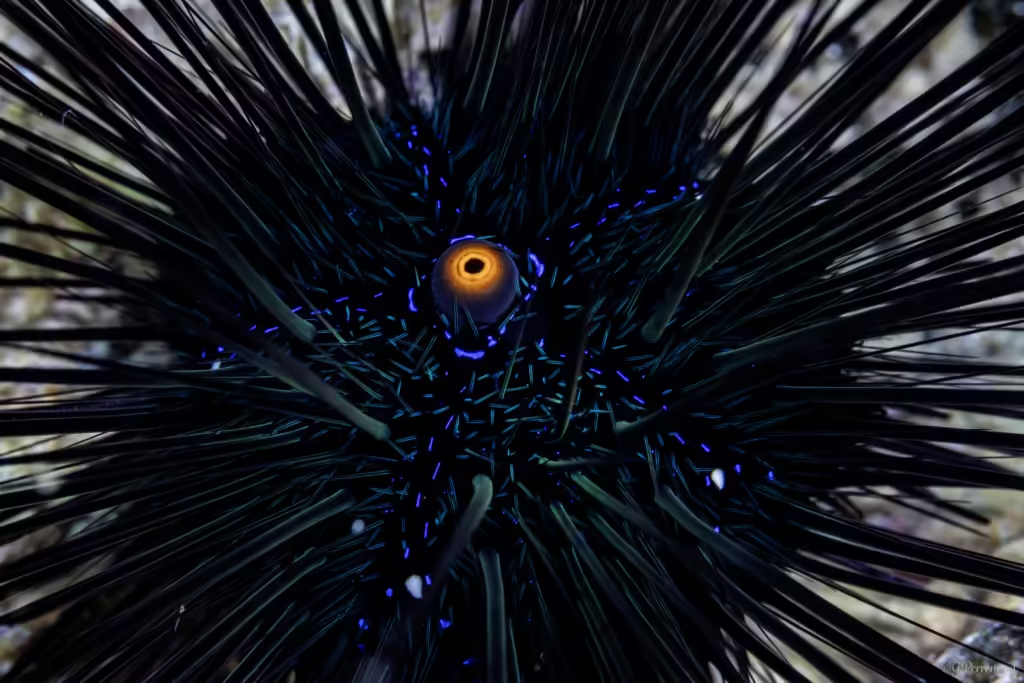
Interactions with Other Species
Sea urchins’ ecological impact extends beyond their direct grazing activities. They interact with various other species in marine ecosystems, influencing food webs and habitat structures. For instance, sea urchins compete with abalone and other marine herbivores for both space and food.
Sea urchins face predation from a diverse array of marine life, including various fish species such as triggerfish, wrasses, and pufferfish, as well as crustaceans like lobsters and crabs.
Reproduction and Life Cycle
Sea urchins have a fascinating reproductive process that begins with spawning. These marine invertebrates release millions of eggs and sperm into the water column during coordinated events. This broadcast spawning strategy allows for external fertilization, making sea urchins ideal subjects for laboratory studies.

Spawning Process
The spawning of sea urchins is often triggered by environmental cues such as the full moon or approaching storms. Males release clouds of sperm, while females release eggs in the same area. Some of these gametes successfully meet and fertilize, with the remainder becoming food for other sea creatures or simply perishing.
Larval Development
Once fertilized, the eggs develop into free-swimming embryos, which further transform into larvae. These larvae resemble miniature translucent spacecraft and swim through the ocean as plankton for months. Several months are needed for the larva to complete its development.
Metamorphosis
After months, the larvae begin to search for suitable settlement sites. They respond to chemical cues from various sources, including marine biofilms, macroalgae, and even conspecifics. The change into the adult form begins with the formation of test plates in a juvenile rudiment which develops on the left side of the larva, its axis being perpendicular to that of the larva.
Once a suitable location is found, the larva undergoes a dramatic metamorphosis:
- The larva sinks to the bottom.
- Tiny tube feet emerge from the larva, grasping the outer covering.
- The larva then pulls itself inside out.
- A perfectly formed miniature adult sea urchin emerges, ready to begin its benthic life.
Longevity
Sea urchins exhibit remarkable longevity, with purple varieties potentially surviving for two decades. While red sea urchins were initially believed to have a lifespan of 7-10 years, recent research has revealed their extraordinary ability to surpass a century in age. Even more astonishing, some Canadian red urchins have been discovered to reach the venerable age of approximately 200 years.

Conclusion
Sea urchins have proven to be fascinating creatures with a significant role in marine ecosystems. Their unique anatomy, coupled with their grazing behavior, has an impact on the balance of kelp forests and coral reefs. These spiny invertebrates shape their environments, sometimes creating urchin barrens that drastically alter the landscape of the ocean floor. Their reproductive process, involving broadcast spawning and a complex larval stage, showcases nature’s ingenious ways to ensure species survival.
To wrap up, sea urchins are more than just painful memories from beach holidays. They’re key players in ocean health, influencing biodiversity and ecosystem structure. As we continue to study these creatures, we gain valuable insights into marine conservation and the delicate balance of life beneath the waves. Understanding sea urchins helps us appreciate the intricate web of relationships in our oceans and the need to protect these vital ecosystems.
FAQs
- What role do sea urchins play in marine ecosystems?
Sea urchins are crucial for the marine environment as they consume dead organisms and algae, helping recycle these materials into energy that benefits other organisms. Their diet of algae plays a significant role in controlling algal growth on coral reefs and other marine habitats. It’s critical to maintain balanced populations of these echinoderms to prevent potential ecosystem collapse. - How do sea urchins impact marine environments?
Sea urchins can have a significant impact on marine environments, especially when their populations increase. They are known to consume large amounts of kelp from kelp forests, which are essential habitats for zooplankton. Zooplankton serves as the primary food source for many marine species. - How many species of urchin?
There are approximately 950 species of sea urchins known to science. These species are distributed across all the world’s oceans, from tropical waters to polar seas. - Are the spines of urchin venomous?
Sea urchin spines exhibit a dual nature in terms of venom, varying by species. While most sea urchins lack venomous spines and use them primarily for protection and locomotion, certain species possess venomous spines equipped with specialized organs called pedicellariae containing venom glands. The flower urchin (Toxopneustes pileolus), found in the Indo-Pacific region, stands out as particularly dangerous, capable of inflicting severe pain, paralysis, and in extreme cases, respiratory failure. However, for the majority of sea urchins, spine pricks, while painful and potentially leading to infection if untreated, do not involve venom.
